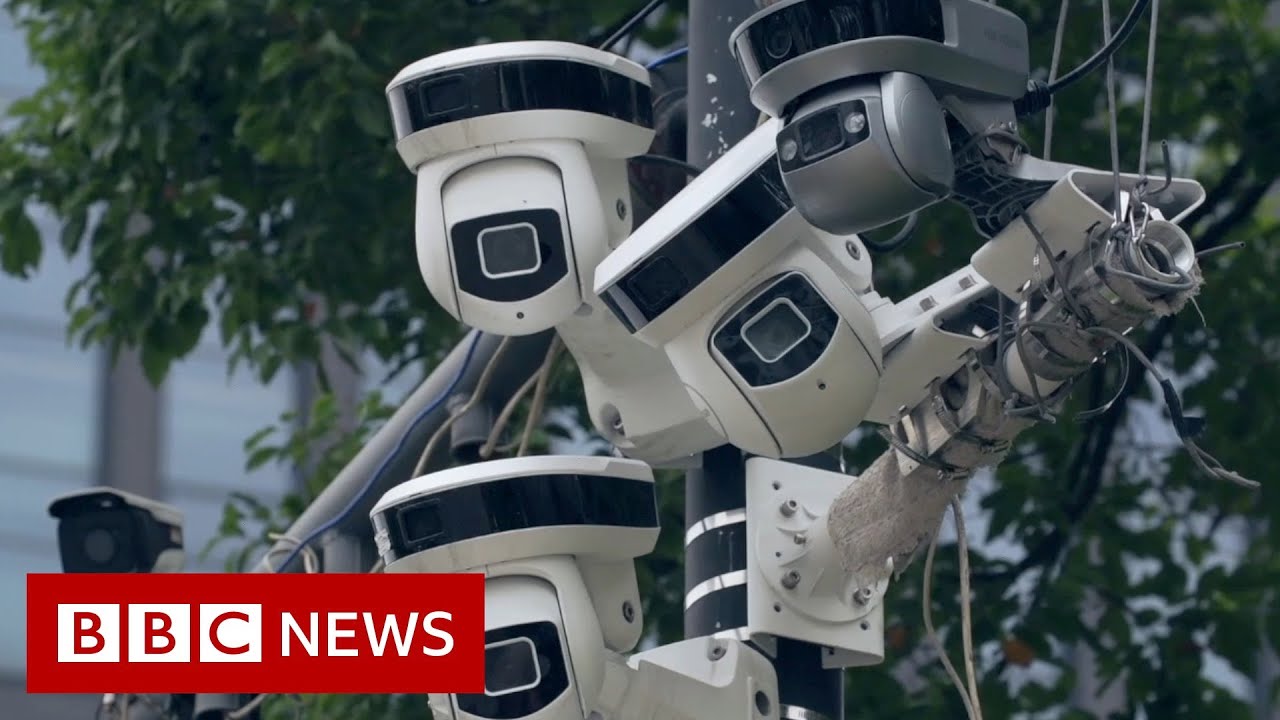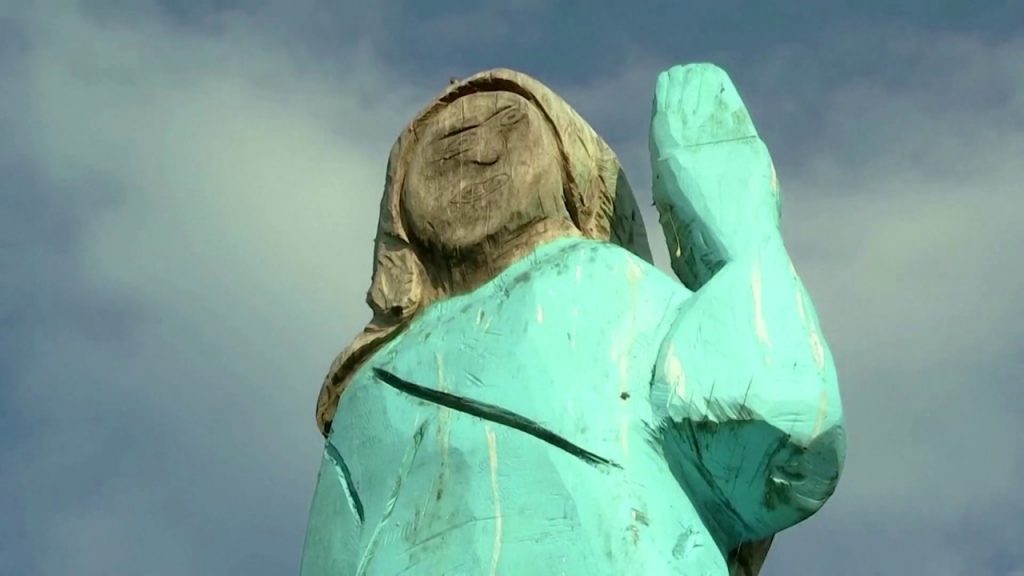How is China using surveillance to fight coronavirus?

China’s vast surveillance system has come to the fore in its attempt to monitor and control the spread of coronavirus.
According to official statistics, the number of newly confirmed cases in China has dropped dramatically – from thousands a day to nearly zero.
Meanwhile, a growing number of countries are also looking at using extensive surveillance systems, such as geolocation tracking to fight the pandemic.
So how exactly can surveillance tools help curb a pandemic and what are the potential pitfalls?
What is China’s extensive surveillance network, and how is it being used to track and monitor potential carriers of coronavirus?
As the world struggles to contain the spread of coronavirus, China is using its extensive surveillance network to track and monitor potential carriers of the virus. With the help of artificial intelligence (AI) and big data, the country is able to conduct contact tracing, monitor health conditions, and enforce quarantine measures. While this has been effective in containing the virus, it has also raised concerns about privacy and government overreach.
One of the key tools that China is using in its fight against coronavirus is its vast network of facial recognition cameras. These cameras are installed in public places such as airports, train stations, and shopping centers and are used to identify individuals who may be infected with the virus. The cameras are linked to a database of people who have tested positive for COVID-19, allowing authorities to track their movements and identify individuals who have been in close contact with them.
China is also using mobile phone apps to monitor the health of its citizens. In some areas, residents are required to download an app that tracks their movements and allows health authorities to monitor their health status. The app uses AI and big data to analyze users’ travel history and health conditions, and alert authorities if they are at risk of infection.
In addition, China is using drones to enforce quarantine measures. Drones equipped with speakers are being used to patrol parks and public spaces, reminding individuals to wear masks and practice social distancing. They are also being used to deliver medical supplies to those in need.
While these measures have been effective in limiting the spread of coronavirus in China, they have also raised concerns about privacy and government overreach. Critics argue that these measures give the government unprecedented access to citizens’ personal information and could be used to monitor political dissidents and other groups seen as a threat to the regime.
There are also concerns about the accuracy of the surveillance technology being used. Facial recognition technology, for example, has been criticized for its tendency to misidentify individuals, particularly those of non-Chinese origin.
Despite these concerns, there is no doubt that China’s surveillance network has played a crucial role in containing the spread of coronavirus. As other countries adopt similar measures, it will be important to strike a balance between public health and individual privacy, ensuring that technology is used ethically and responsibly.









British PM Johnson says it was still too risky to relax coronavirus lockdown yet
HUGE LOSS FOR BIDEN!!
President Trump Says He Did Not Discuss Election Interference With Putin | Velshi & Ruhle | MSNBC
US News & World Report: 2018 Best Private Universities
New York doctors overwhelmed amid urgent need for ventilators